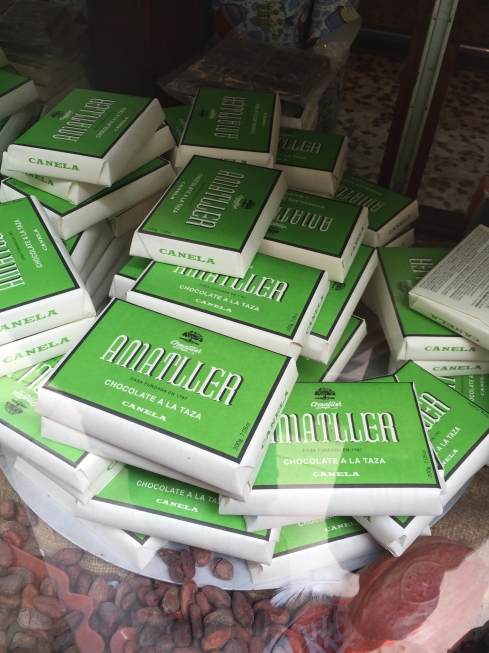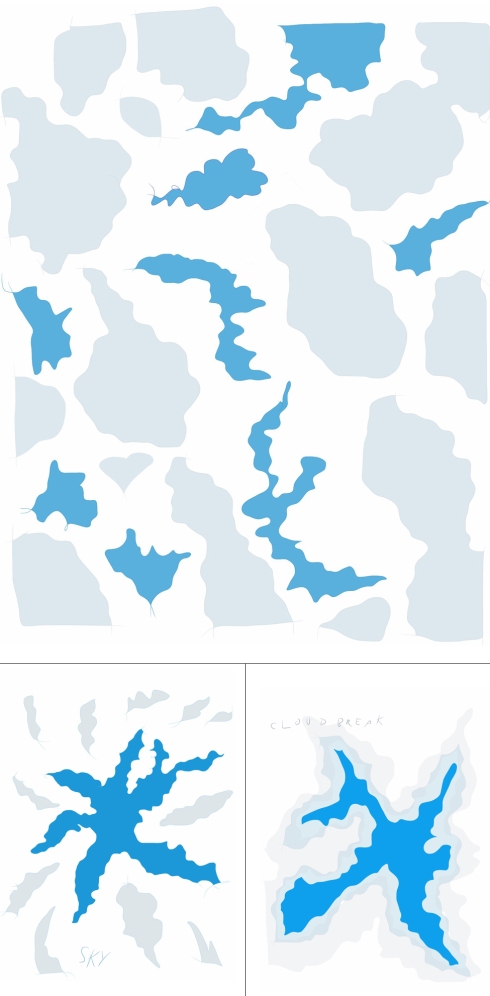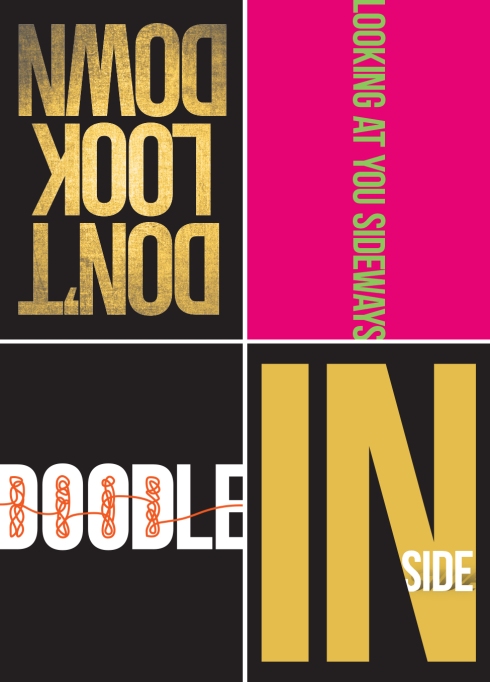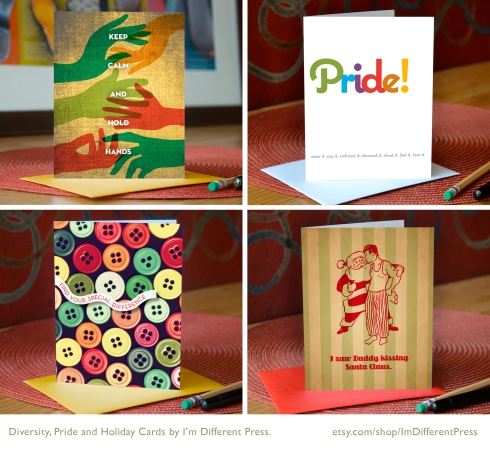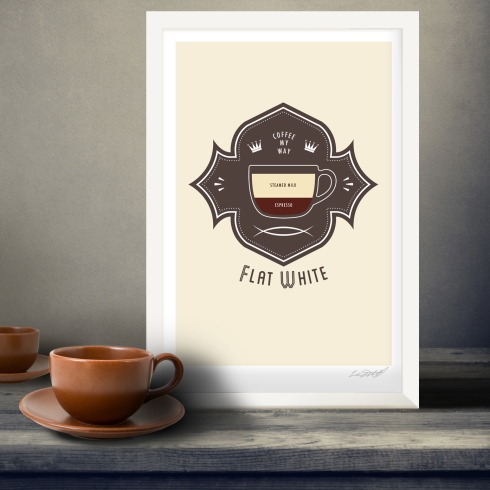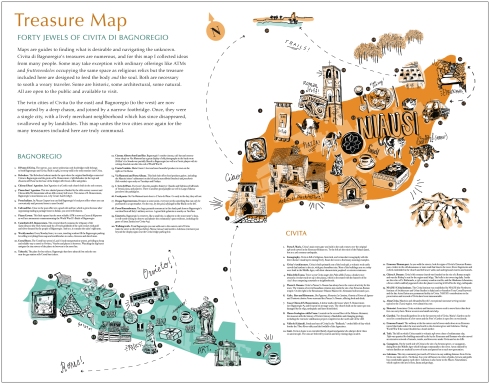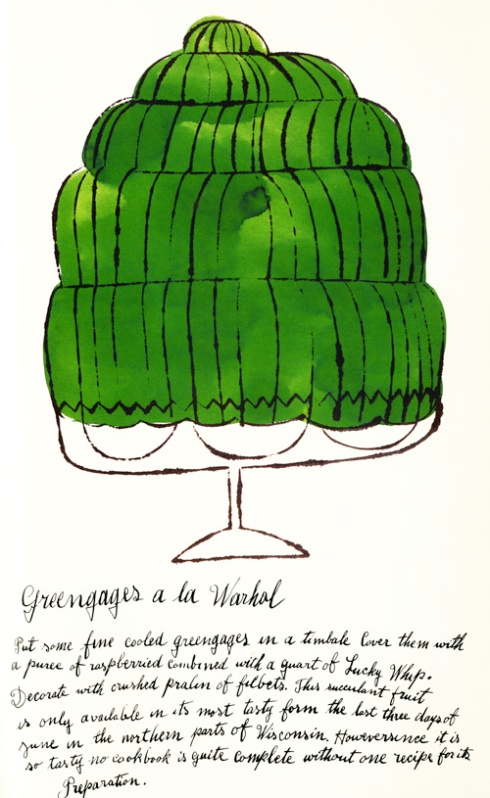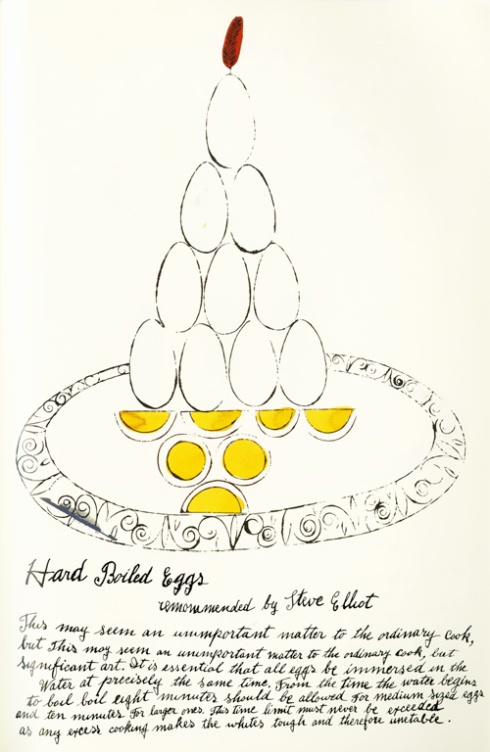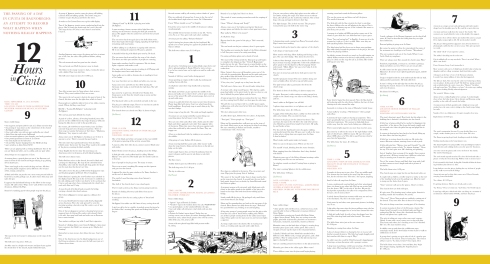
Jules Verne said, “Look with all your eyes. Look.” Part of the beauty of spending an extended period of time anywhere, and particularly for me during my fellowship in Civita, was having the luxury of time to observe, and witnessing the ebb and flow of the life of a town.
Writers and artists love details, but there is always a push and pull between the obsession with detail and the semi-conscious acknowledgement that everything will eventually vanish. Relief, essentially, mixed with dread. The Surrealists painters recognized this, calling it “the potency of the everyday.”
Much of Civita has been documented—its history, culture, architecture, and traditions. These things have been studied, talked about, described, inventoried, photographed, and analyzed. Documentation was part of why I was here on a NIAUSI Fellowship. But what about the rest?
The passing of a day in Civita, like anywhere else, includes actions and events that are not usually noticed, things that have no real consequence in the grand scheme of the recorded history of this place. Does that mean then, that what happens when nothing “important” happens worthy of remembering? My suspicion is that noticing the unremarkable might yield a different kind of map of this place. And the process of noticing could, in itself, lead to a particular kind of subjective storytelling since the mind tends to want to question the why and wherefore of what it sees. Observing the world in action, it wants to make connections.
The Italians have a wonderful expression: il dolce far niente which translates as “the sweetness of doing nothing.” Too often in today’s jam-packed, work-driven, internet-powered world, it is easy to forget how to “do nothing.” Even worse, we wrongly believe that doing nothing equals uselessness. The Italians are wiser. They live il dolce far niente even when they are busy serving pranzo, mixing mortar, or ferrying wine bottles and plastic to the recycling bins. Perhaps it is the wisdom that comes from living in a culture with a 3,000-year heritage or simply an understanding that the sum of life is larger than what we can pack into an 8-hour workday. Regardless, life here is not something that can be spent, wasted, or passed. It simply is. Every moment holds possibility.
So how could I try to capture this? For two 6-hour periods on two separate days, I sat in the Piazza S. Donato and watched what was happening around me. I recorded everything I could see or hear and at first the simple act of needing to look and write was enough to occupy me. But slowly, after a few hours, my mind shifted in a way that’s difficult for me to describe precisely to you right now. I suspect it was akin to moving into a meditative state. I noticed more detail, found myself wondering about the stories behind the people I saw. I made connections or made them up anyway and questioned much more than I thought I would.
Here’s a short portion of what’s described on this map, which is designed like a broadside. Here’s a sample passage. This is from 6:00 pm on October 14, 2012 from a bench in front of the Palazzo Alemanni. The weather was sunny with some clouds.
The man’s drawing is good. Pencil only, but his subject is Antonio’s bruschetteria, not the church as I first thought. A little boy is being scolded by his mother for digging in the gravel dirt of the piazza. She cleans his hands roughly and he cries when she picks him up and plops him in his stroller. Another little boy is curious. He circles the nearest Etruscan column, running up now and then to take a peek at the artist. “Mama, viene qui! Guarda!” he calls and his mother comes to look. A toddler runs up and down the church steps, amazingly steady. Is this how Italian women learn to walk on cobblestones in heels?
Five dogs are suddenly in the piazza. The cats stare but don’t budge. They know they live here. The little girl walks past me, interested in what I am doing. She says something in Italian and I smile, unable to communicate with a 4-year old. Craig comes by to tell me he just realized his camera can pan left to right, not just right to left. He needs another month! The artist’s companion (because now I’ve decided they are a couple) walks by to see if the drawing is done. It is not. A dog pees at the base of one of the Etruscan columns. I wonder how many millions of times that has happened. The kids are back. Not once has the artist ever looked up at them, not one glance. Is this good or bad? The little boy jumps around and accidently kicks the conté crayon box. “Matteo!” his father yells and swats him. The sound of Matteo crying. “No, Matteo, va bene,” the artist says, smiling but still not looking.
A young woman in black spandex and a bright green top is sitting on the church steps, taking a selfie. Two older women pass by. They could be sisters. Same glasses, hair, scarves. One is using a cane. They seem confused. The man in the red sweater is back in his spot in front of the church, this time near the far right door, which is closed. Four people are suddenly right in front of my table, cameras raised. Where did they come from? R.E.M.’s “Losing My Religion” is playing inside Da Peppone’s. The sun has gone back behind the clouds. A pack of cyclists, all men, all wearing branded Italian jerseys ride past me on the cobbled street that rings the piazza. Only one bumps his bike down to ride in the graveled area. Six women, all with Orvieto water bottles, leave La Tonna souvenir shop and cross the piazza toward me. Three of them stop to examine the bottom of their shoes. “Madonna, Madonna,” they repeat to each other.
Anna comes out of Da Peppone’s, checking to see if there is anyone to serve. There is not and she goes back in. A pigeon flies into the open window at La Tonna. Another is on the roof of Antico Forno. I hear “Where should we eat?” in English for the first time this morning. The bell tower chimes twice. Father Stefano arrives at the church, dressed in black and carrying two black bags. The calico cat crosses the piazza diagonally, followed by the Japanese man and his photographer girlfriend. They’re laughing. Father Stefano is putting the new October mass schedule in the display board. The man in the red sweater is suddenly at his side, talking, and I realize now that he is the sacristan that I met a week ago when I was visiting inside the church last week with Liza and Craig.
A man dressed all in black heads towards the bridge, carrying a dented silver hard suitcase. A 6-foot tall Japanese woman appears, calling to her group. A man crossing the piazza stops to hug his wife. She carries a set of keys and is smoking. They smile and laugh together. A tabby skitters past me, followed by a calico. Two smokers walk past my table. I smell their cigarettes. Sounds of clinking dishes come from Da Peppone’s. Anna must have customers but I didn’t see anyone go in. Maybe she’s cleaning? One of the Americans rests his black backpack on the Etruscan column near the bell tower just as it chimes seven times. A second later, the bells begin their longer ringing, signaling the Angelus. It’s 7:00 pm.












